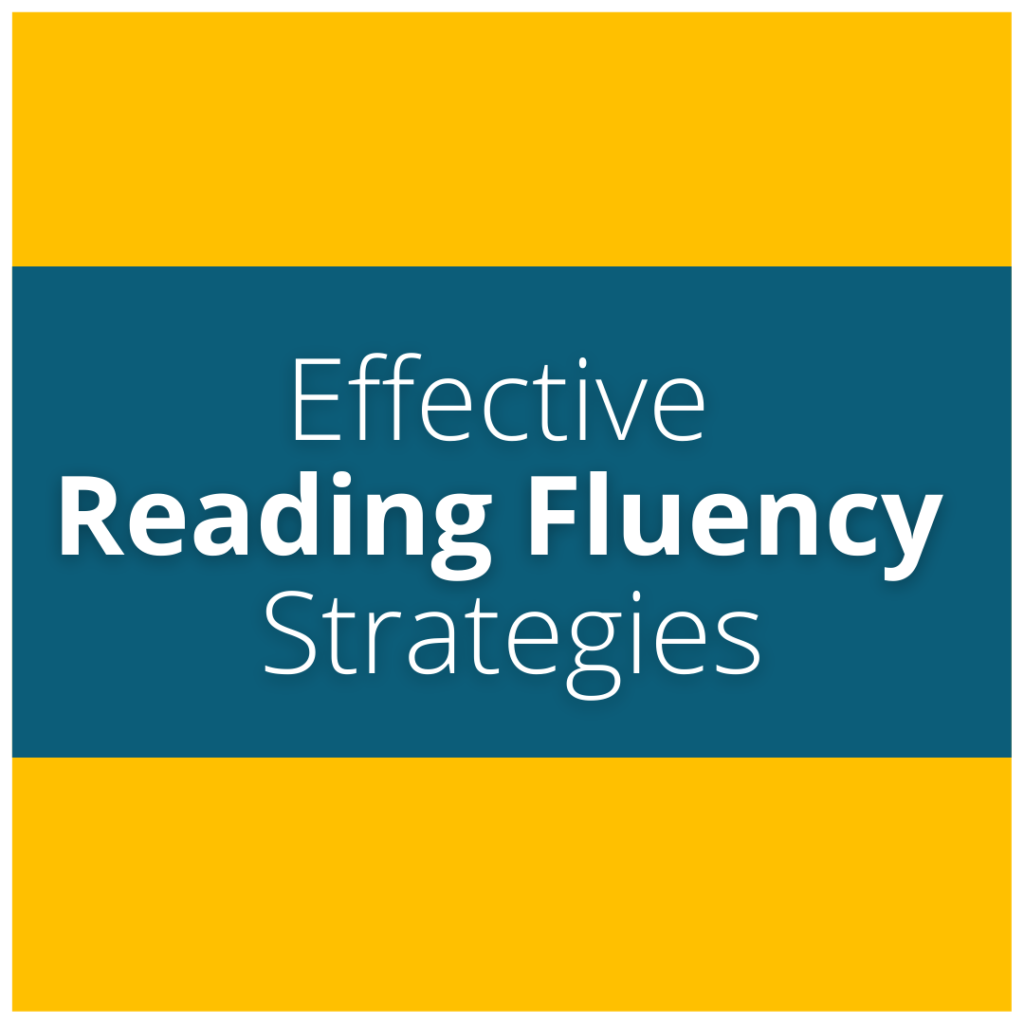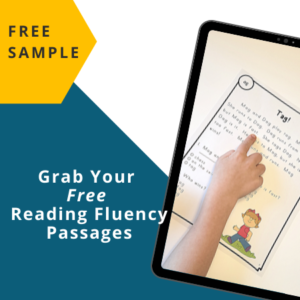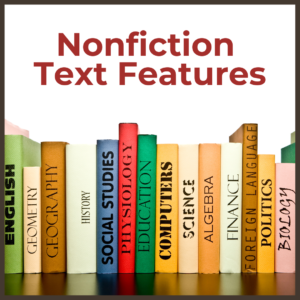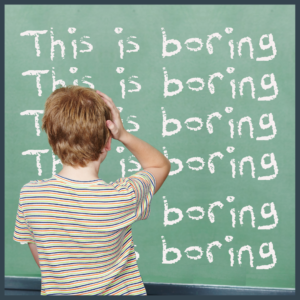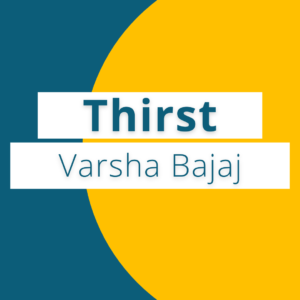Reading fluency is a key skill in 1st and 2nd grade. Building fluency skills like accuracy, rate, and expression take time, but some Reading Fluency Strategies help struggling readers more than others.
Below we have a list of research-based reading fluency strategies to help you get your struggling readers on the right track.
Repeated Reading
One of the most effective reading fluency strategies, Repeated Reading is when a student reads the same passage multiple times to improve their accuracy, expression, and speed.
Reading the same thing, again and again, may sound boring, but it can actually be very motivating for students, especially if you track their growth.
Using a simple words per minute chart like these: Free Reading Fluency WPM Charts allows you to track a student’s first read versus their last read of the same passage.
On their first “cold read,” time students reading a passage for one minute, and calculate their words per minute using this simple equation:
Total Words Read – Errors = Correct Words Per Minute
After the student practices the passage multiple times (and even over multiple days) again time the last read and chart their Correct Words per Minute.

When students see the visual difference between their two lines their growth becomes tangible. They can literally see the difference, and this helps motivate students. They want to keep reading a passage again and again. They want to get better at it so they can break their record and get a new high score.
Echo Reading
Echo reading helps develop proper expression and rate while reading. To echo read, you read a book one sentence at a time, modeling proper intonation, pacing, and prosody. After each line, you pause so the students can read the same line mimicking your expression and rate.
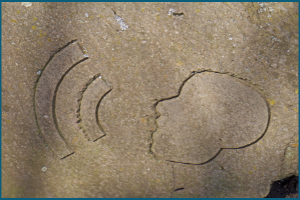
True some students do not follow along in the book and memorize the words you modeled. But for echo reading, the main goal targets expression and prosody while reading, so the goal is still achieved even for those students who memorize. They are still learning what natural reading sounds like and practicing it themselves.
Reader’s Theater
A fun reading fluency strategy that gets students actively practicing oral reading is Reader’s Theater. Students “perform” a story by reading scripts. You can find these scripts online or by breaking a story into parts yourself.
Students must first practice their part of the script, reading and following along with other students to ensure all parts are read in order. As they practice, students biuld accuracy and also focus on proper expression.
Once students have adequate practice, they can “perform” their script by reading it out loud, in order to the class. You can have students actually perform their Reader’ Theater in front of the class (or other classes) with movement, props, and even costumes.

Depending on the size of your class and how many parts are in a script, Reader’s Theaters can be whole class or small group. I prefer small group Reader’s Theaters because it also allows me to tailor each script to each group’s reading level – a fun way to challenge those who are ready and provide more support for those who need it.
Audio-Assisted Reading
Audio-assisted reading isn’t simply listening to an audiobook (though I LOVE a good audiobook!). Audio-assisted reading is listening to an audio recording of a passage or book while also following along with the actual text. Hearing the words while also seeing the words helps build word recognition, improves fluency skills, and builds comprehension.

If you want to take audio-assisted reading to the next level, have students not only follow along with the audio but also read quietly out loud to themselves as they listen. This increases engagement and takes word recognition and fluency building to the next level.
Partner Reading
Partner reading is when two students work together and take turns to practice reading a passage.
For partner reading to be successful, it is important that partners are teacher selected. You can read more about that here: How to Pick Partners for Partner Reading
When students are partner reading, there needs to be a clear goal. Depending on your passage your goal may be speed or accuracy. I always recommend tackling accuracy first, because as accuracy increases, students’ speed will also naturally increase.
Set clear boundaries of who the first reader is and who the second reader is. When it is the first reader’s turn, the second reader should be practicing their listening skills and listening for opportunities to provide positive or constructive feedback to their partner. After the first reader is done, the listener provides feedback and then the roles switch.

If this is your first time with partner reading, always start with the listener providing positive feedback (it helps prevent tears). Peers providing constructive feedback is a learned skill and must be modeled. If you want a classroom of tears and hurt feelings, then go ahead and jump into constructive feedback as well. 😉
Reading Fluency Strategies: Practice Makes Perfect
The main takeaway is: practice, practice, practice. The best, research-based reading fluency strategy for struggling readers or for any reader for that matter is to get reading!
Reading Fluency Passages
Now, if you’re thinking, “I know my students need more practice at their level,” or “Now I’ve got these great reading fluency strategies, but what should my students read?” we’ve got you covered. Grab our free sample reading passages here: Free Reading Passages
Or if you’re ready to dive into specific phonics skills with your students, preview our whole list of short vowel, long vowel, digraphs, diphthongs, silent letters and more then check those out here: All Reading Passages Resources

